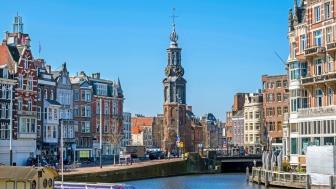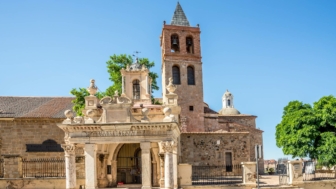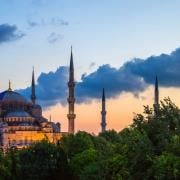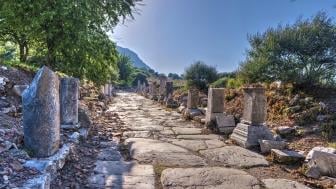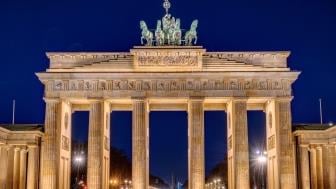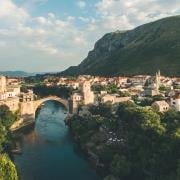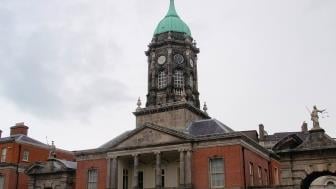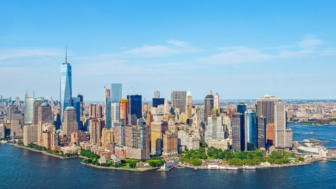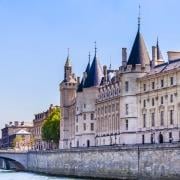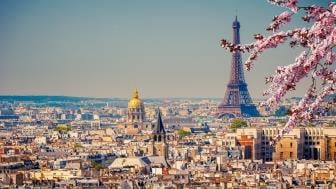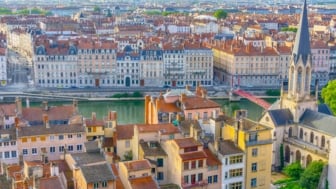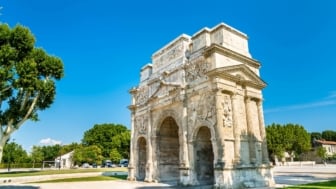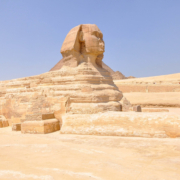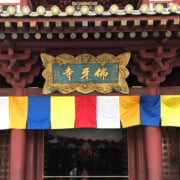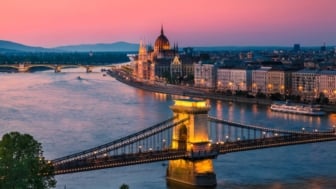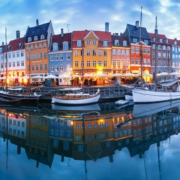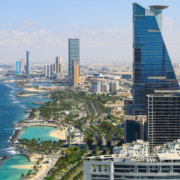The awe-inspiring Seville Cathedral is one of the largest churches in Christendom and the largest Gothic Cathedral in the world. However, initially, it was a mosque built by the Almohads. Find out its story and get prepared for your visit to one of Spain’s well-known landmarks.
Throughout history, great temples have been adapted to new spiritual purposes as the dominant religion of the rulers changed: thus, the Pantheon of Rome was converted into a church once Christianity was declared the official religion of the Empire; or Hagia Sophia, Justinian’s cathedral in Constantinople, became a mosque when the city was renamed Istanbul in Ottoman times. This phenomenon was frequent in medieval Spain as the Christian monarchs of the North were conquering the cities of Al-Andalus, the Islamic Iberia, and the great Seville was of course no exception.
Seville Cathedral as a mosque
Since the second half of the 12th century, the Almohads ruled Seville. Almohads were a Berber political and religious movement that expanded from Morocco in the mountains of High Atlas and conquered Seville. Since then, the city saw an immense urban operation that according to Almohad Caliph Abu Yaqub (1169-1184), aimed at making Seville, the capital of Al-Andalus. However, the Almohad lords were not well received when they arrived in Seville and in order to earn the favor of the local population, the Berber rulers carried out the construction of a new great mosque.

Seville Cathedral’s Islamic architecture
Apart from the paradisiac Orange Trees Courtyard, former ablutions courtyard of the mosque, the most visible symbol today of the cathedral’s Islamic past is the current bell tower, originally the mosque’s minaret. Architect Ahmed Ibn Basso began its construction in 1184, recycling Umayyad stones and Roman marbles to build the basement of the tower. The minaret was completed however by another architect after the death of the first, Ali al-Ghumari, in 1198, who changed the main constructive material, brick instead of stone. The style of the entire construction is similar to some buildings that rose in North Africa almost at the same time as the tower of Seville. One of these is the Almohad minaret of the Kutubiyya Mosque in Marrakech. Similar to the Moroccan minaret the Sevillian tower was crowned with four golden spheres that shone like a lighthouse from a distance.

From mosque to church
Ferdinand III, the Christian king of Castile, conquered Seville in 1248 and finally, the mosque was transformed into a church. After half a century of provisional repairs, the Cathedral Chapter met in July 1401 with the intention of building a new cathedral in Seville. It is said that after the arrangement, one of the priests, excited as he was with the project, exclaimed a phrase that summarizes the megalomaniac spirits of the Cathedral Chapter: “let us build a church so beautiful and so grand that those who see it finished will take us for crazy.” And he meant it.
The Seville Cathedral has a total surface of 124.000 square feet (11.520 square meters), is one of the largest churches in Christendom and the largest Gothic Cathedral in the world. The new temple was to be built exactly on the old site that was previously occupied by the also monumental Almohad oratory.
What to see in Seville Cathedral
The Tomb of Christopher Columbus
From the late 15th-century high altarpiece to the late 19th-century tomb of Christopher Columbus, the interior displays an array of devotional and funerary art from across Europe. Shortly after the arrival of the navigator in America, Seville obtained a commercial monopoly with the territories of the so-called New World, which explains the presence of the remains of Columbus in this place.
The Giralda Tower
When Seville was the main port to embark to America and one of the richest cities in Castile, a monumental intervention was timely. In 1558 Cordoba architect Hernán Ruiz II was commissioned to build the new belfry. Even though he adopted the Renaissance style, as he was ordered, by using brick and ceramic elements that echo the Islamic construction managed to preserve the tower’s uniformity. To finish off the new bell tower, a monumental 13-feet (4-meter) sculpture depicting the Christian Faith was placed to symbolize the triumph of the Catholic religion over Islam. Apart from the symbolism, the statue serves as a weather vane that turns to the direction of the wind, which motivates the popular designation of Giralda, “the one that turns”.

When to visit Seville Cathedral
Timetables and some areas inside may be altered with no previous notice, but the regular schedule of a cultural visit to Seville Cathedral is:
Monday from 11:00 to 15:30 pm, Tuesday to Saturday from 11:00 to 17:00 and Sunday from 14:30 to 18:00 hours.
-
Duration: 1 hour
Juan Alberto Romero
Art historian and tour guide, he is aware that bringing people closer to the cultural and natural heritage and communicating it with a critical attitude contributes to making our everyday environment a happier place.





















